RECOMMENDED NEWS

Socializing Kittens: Techniques for Raising Well-Adjusted Cats
The critical socialization window for kittens spans 2 to 9 weeks of age. Proper exposure during this...
Read More →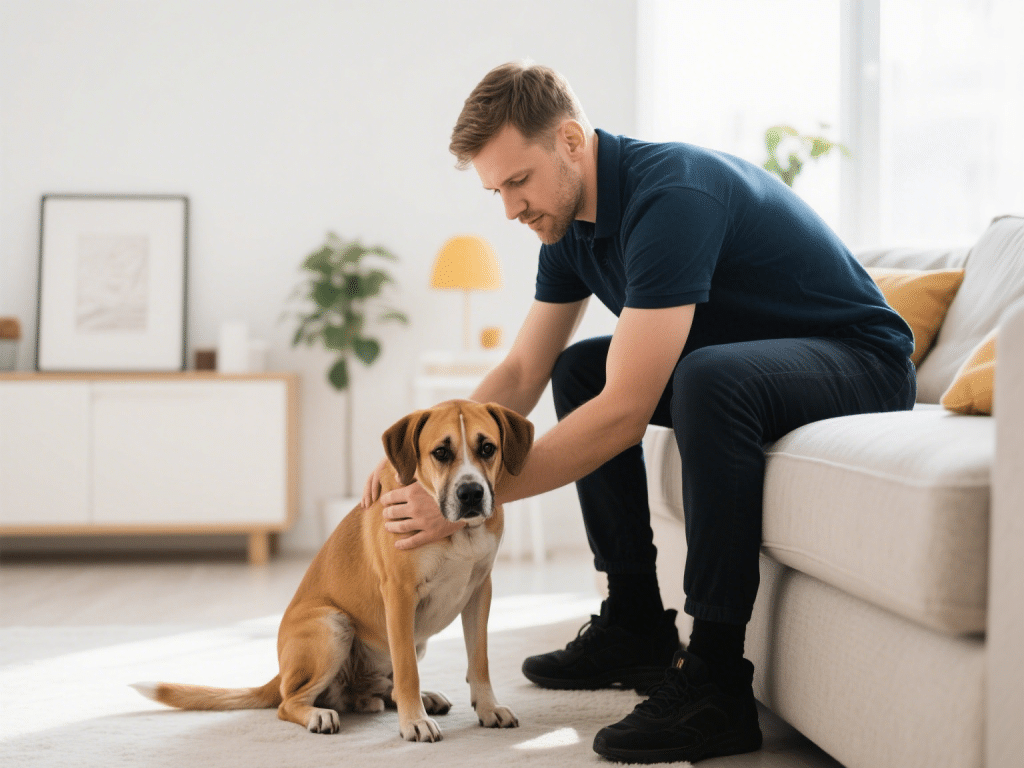
Managing Anxiety in Rescue Dogs: Proven Strategies for a Calmer Pet
Rescue dogs often carry emotional scars from past trauma, leading to anxiety, fear, and unwanted beh...
Read More →
Creating a Balanced Raw Diet for Adult Dogs: Nutritional Checklist
IntroductionRaw feeding, also known as the BARF (Biologically Appropriate Raw Food) diet, has gained...
Read More →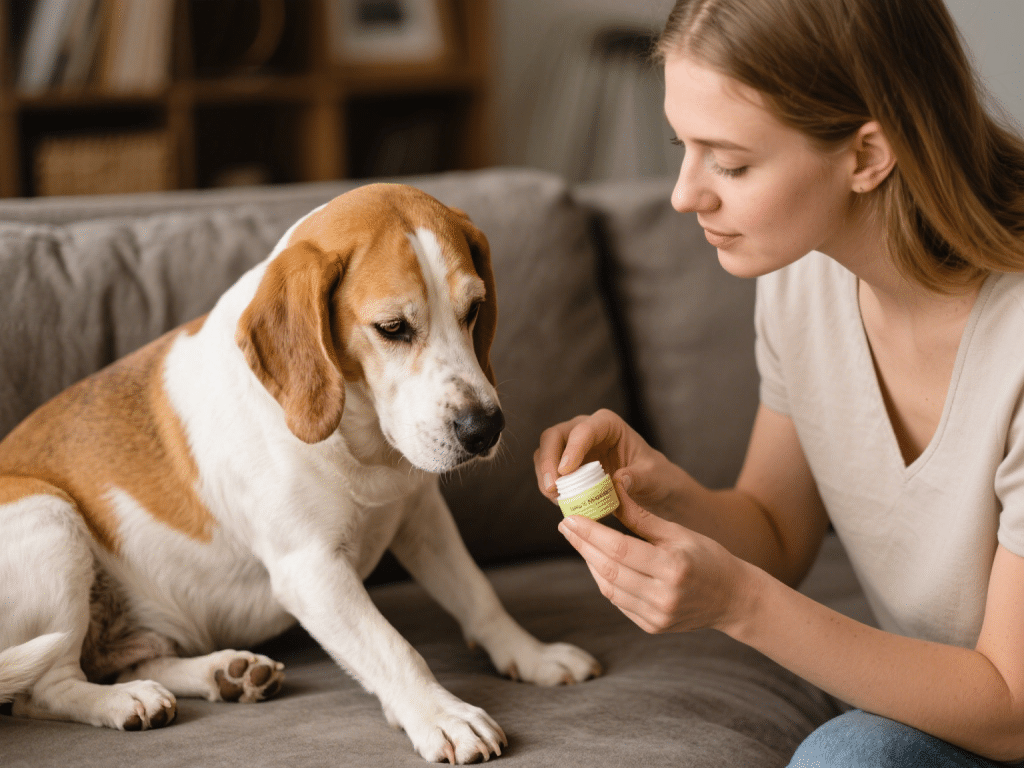
Natural Remedies for Itchy Dog Paws: Safe Solutions That Work
Itchy paws are one of the most common complaints from dog owners — and they can quickly become a p...
Read More →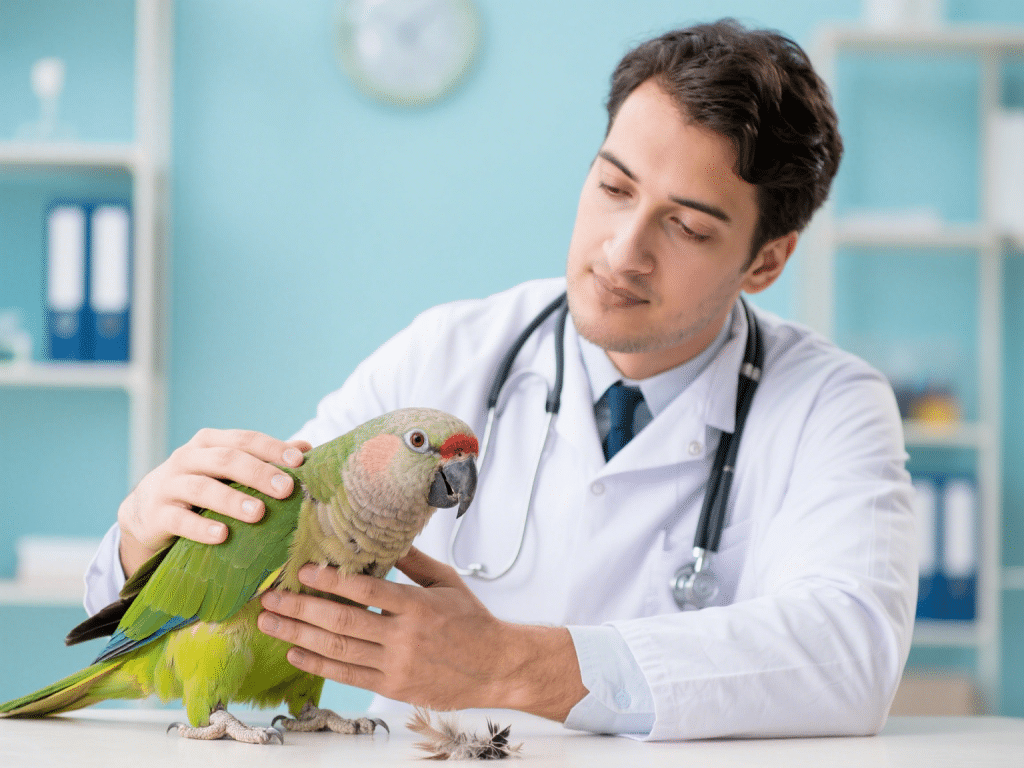
How to Help Your Bird Recover from Feather Plucking
IntroductionFeather plucking is a serious issue often rooted in medical, behavioral, or environmenta...
Read More →
How to Use Food Puzzles to Boost Pet Mental Stimulation
IntroductionFeeding time need not be a simple bowl-to-mouth routine. Food puzzles—interactive toys...
Read More →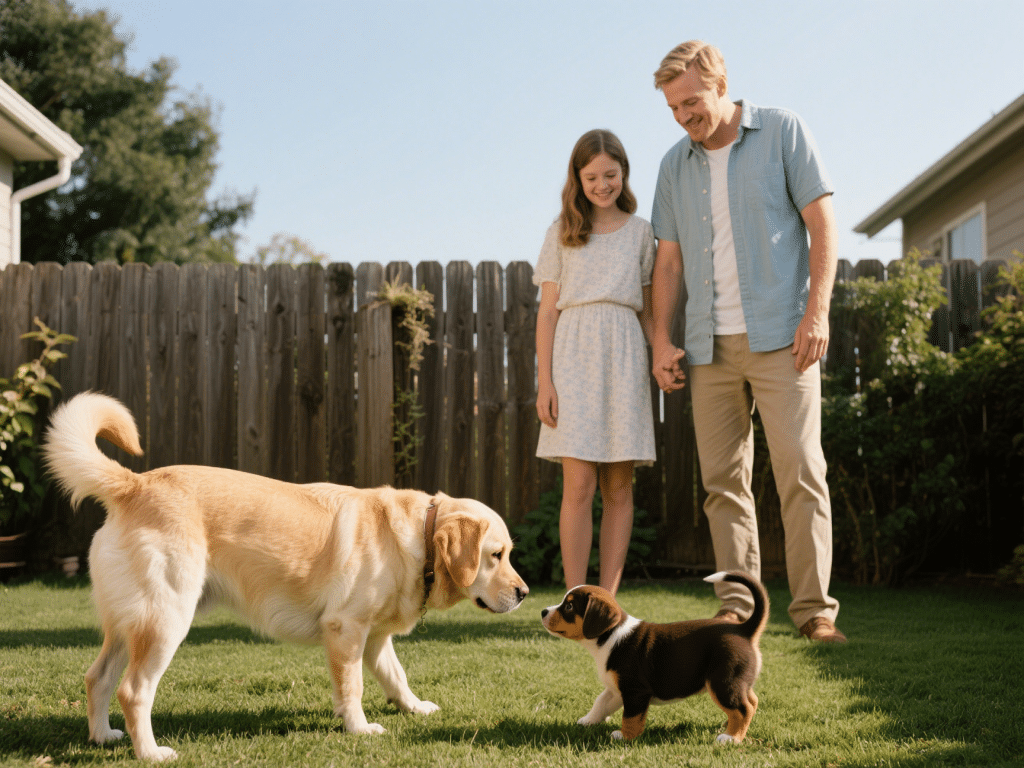
How to Introduce a Second Pet Without Conflict
IntroductionBringing a second pet into your household can enrich both your life and that of the resi...
Read More →
Best Dog Dewormers for Puppies: A Vet-Recommended Guide
IntroductionPuppies are particularly vulnerable to intestinal parasites—roundworms, hookworms, and...
Read More →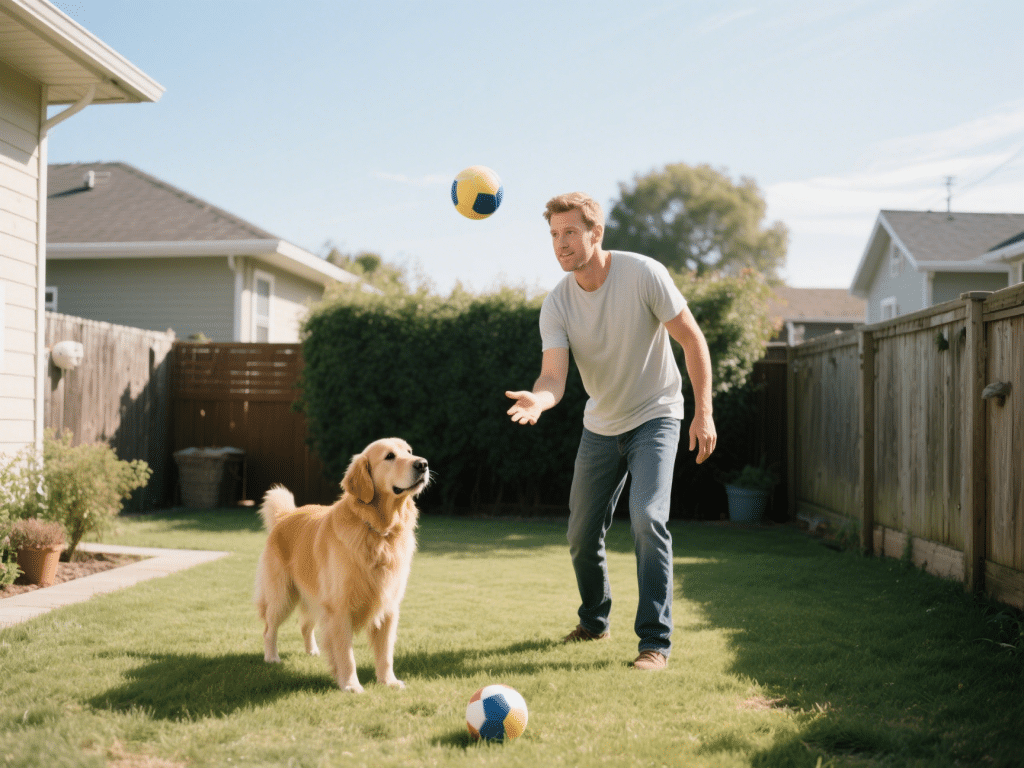
Do Dogs Get Bored? Signs and What You Can Do About It
IntroductionDogs, especially intelligent breeds, can suffer from boredom when their physical and men...
Read More →
Comments on "Training Your Dog to Be Calm During Vet Visits" :